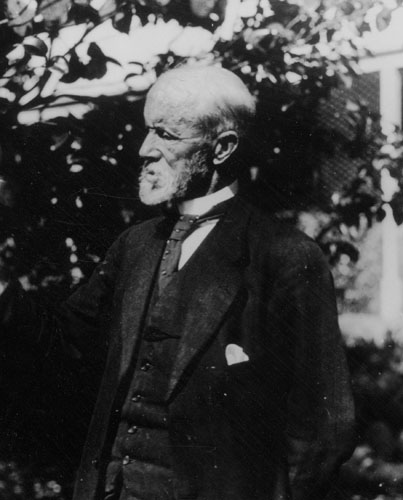-
Lawrence Mitten commented on cecil henry street
-
john rosanowski commented on Otira Gorge by Petrus van der Velden
-
Colin Gladman commented on Lounge on the Captain Cook immigrant ship
-
Anonymous grandchild commented on Wellington railway station
-
beth McGougan commented on On board Achilles during Battle of the River Plate
William Walter Smith

William Walter Smith was born in Scotland. In his youth he worked as a gardener in several English country houses. His family emigrated and farmed near Ashburton, where William later worked on the Mt Peel and Albury pastoral stations. Developing an interest in natural history and archaeology, he became an avid collector, particularly of fossilised moa bones, which he supplied to Julius von Haast and Walter Buller. He recorded the Opihi and Totara Valley rock paintings and excavated floors of rock shelters and caves. His large collection of stone tools was deposited in the Canterbury Museum. In 1894 he was appointed as resident custodian of the Ashburton Domain, and became a prominent member of local beautifying and horticultural societies. His appointment to the Scenery Preservation Commission was the climax of his efforts in promoting the protection of native species. Later he was appointed curator of Pukekura Park in New Plymouth, and he was responsible for developing the park and successfully breeding kiwi. A founding member of the Polynesian Society, he served as its secretary for 11 years and published seven papers on prehistory in professional journals. In 1931 he was appointed an honorary life member of the New Zealand Native Bird Protection Society. (See also his biography on the Dictionary of New Zealand Biography website.)
Puke Ariki – Taranaki Museum and Library

 Delicious
Delicious StumbleUpon
StumbleUpon Facebook
Facebook Twitter
Twitter Google
Google







Community contributions